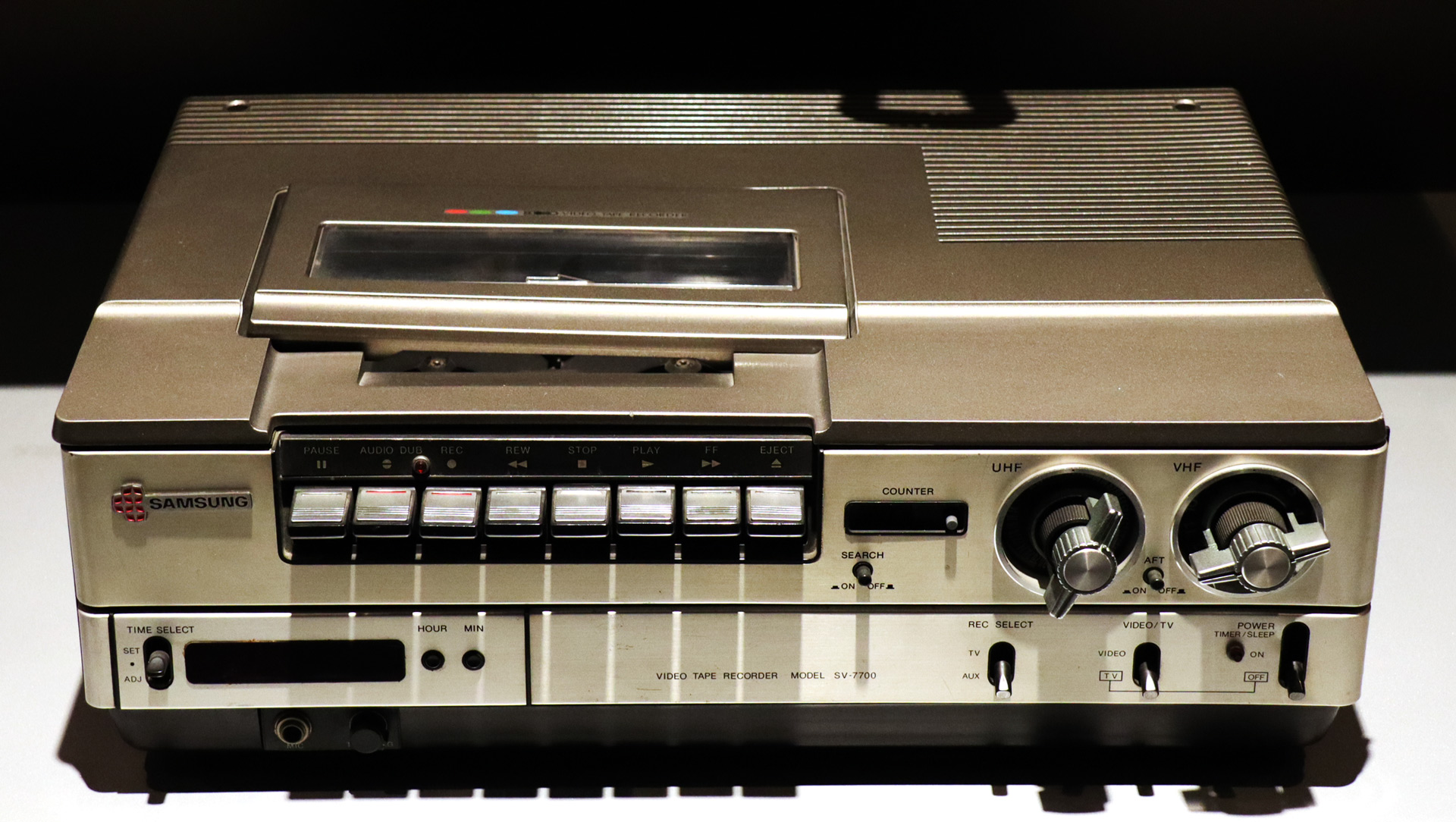
Believe it or not, the sleek smartphone you currently hold is a direct descendant of some pretty basic technology.
I've been in South Korea for a few days for the latest Samsung Unpacked, and I've spent inordinate amounts of time surveying the number of best iPhones versus best Samsung handsets. I can quickly identify the difference between the Samsung Galaxy phone in a subway rider's hand and the iPhone 14 Pro in another's and noted how Samsung phones outnumber iPhones in South Korea 5-to-1. That factoid, though, is less interesting when you consider that these handsets are now all so similar that perhaps consumers are not making much of a choice.
I realize that I miss a time when technology was large, ungainly, and maybe even unintentionally ugly. So when I had a chance to take a trip down memory lane at Samsung's Innovation Museum in Suann, South Korea, I jumped at it.
The products on show are as varied as they are specialized. Some do just one thing. All of them were defined by the technical limits of their eras. The screens might be fat, and the operation partially mechanical, but they all made their mark, and laid the groundwork for what was to come.
I saw in the halls of Samsung's museum a diverse collection of consumer electronics, including a parade of smartphones that, to be honest, got much less interesting when we got to the all-screen slab-phone era.
Below is a look at my favorite finds, and how they influenced the technology we carry and use today – and, yes, I can actually remember using gadgets that looked just like these.
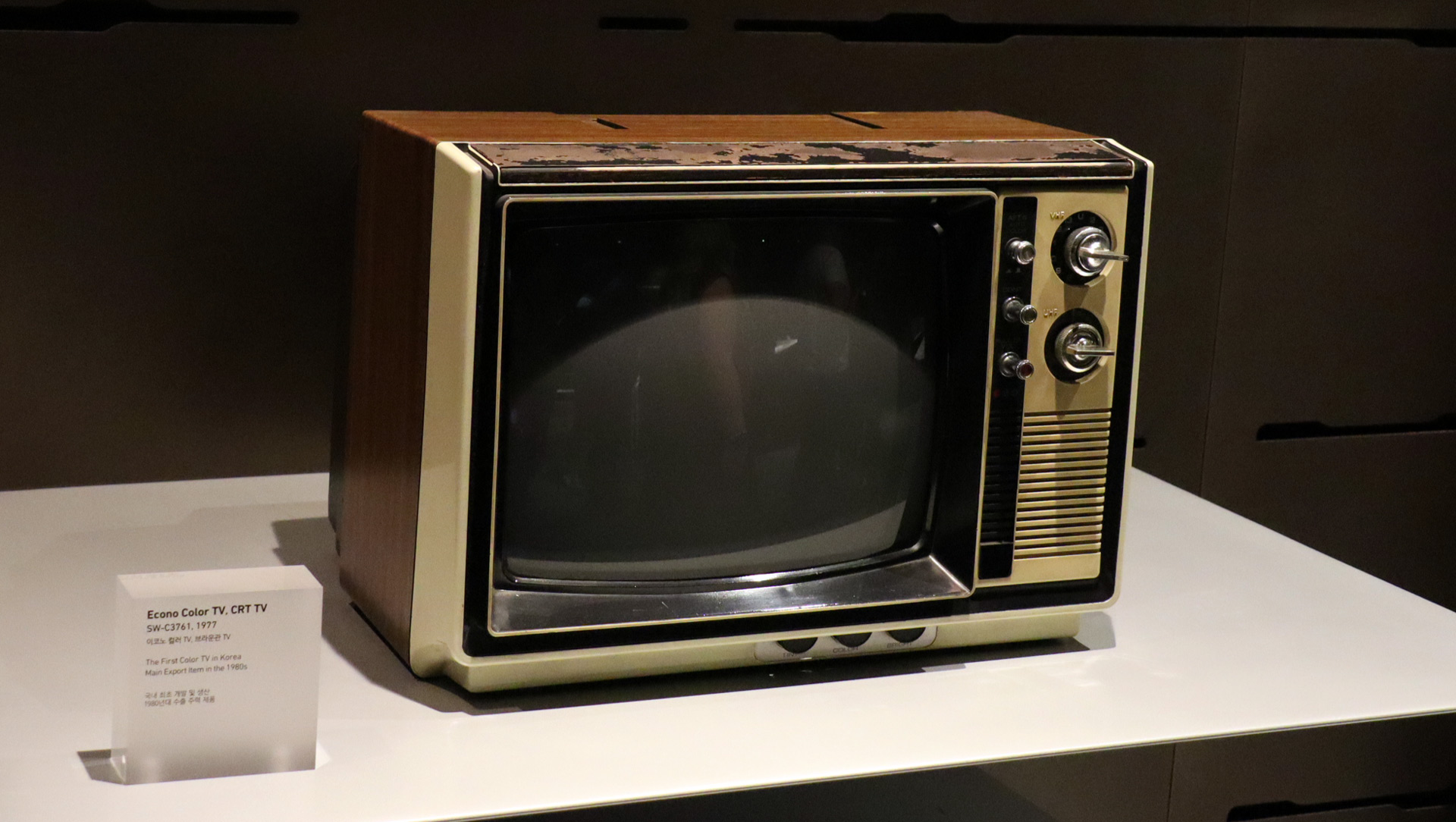
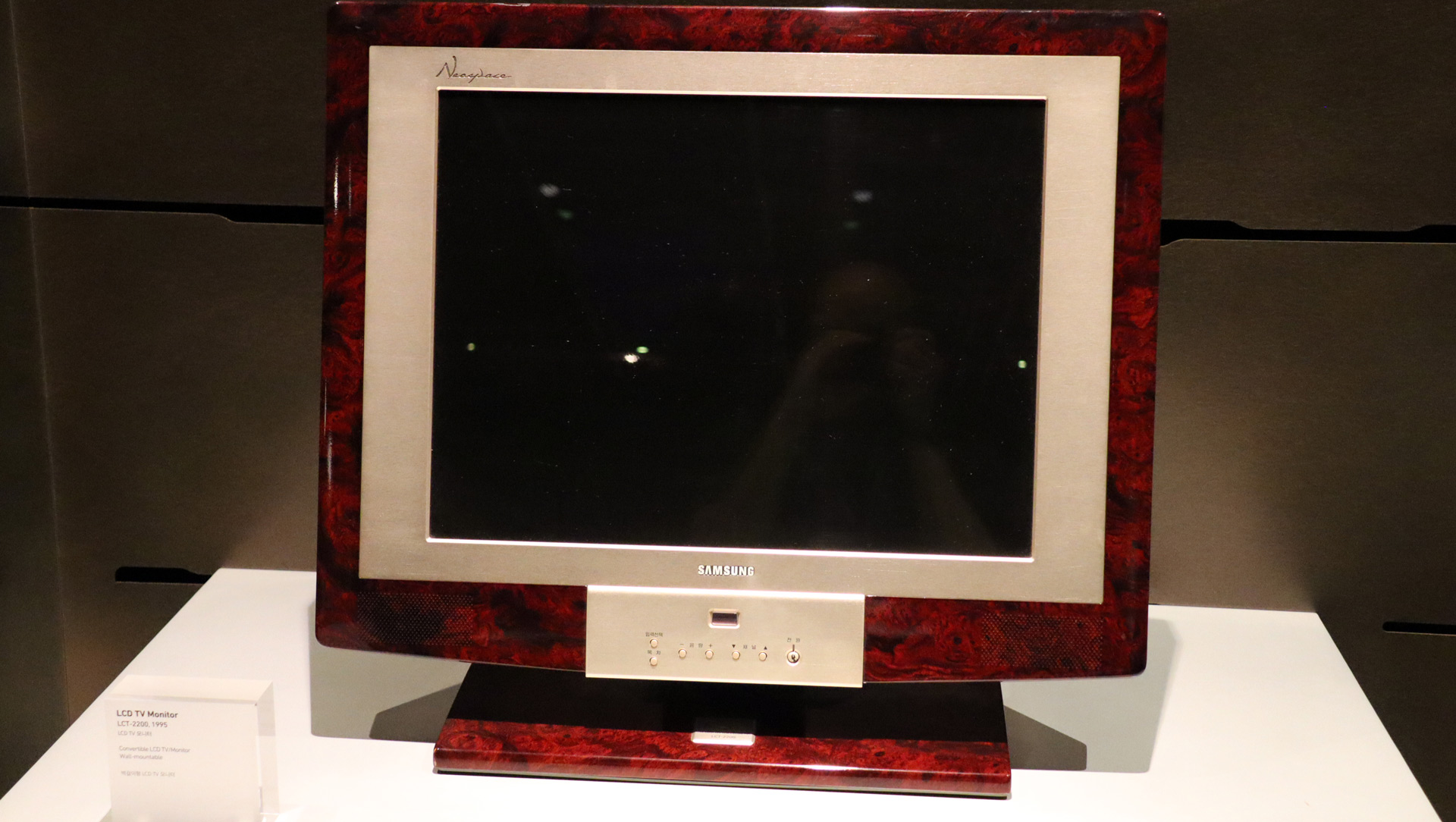
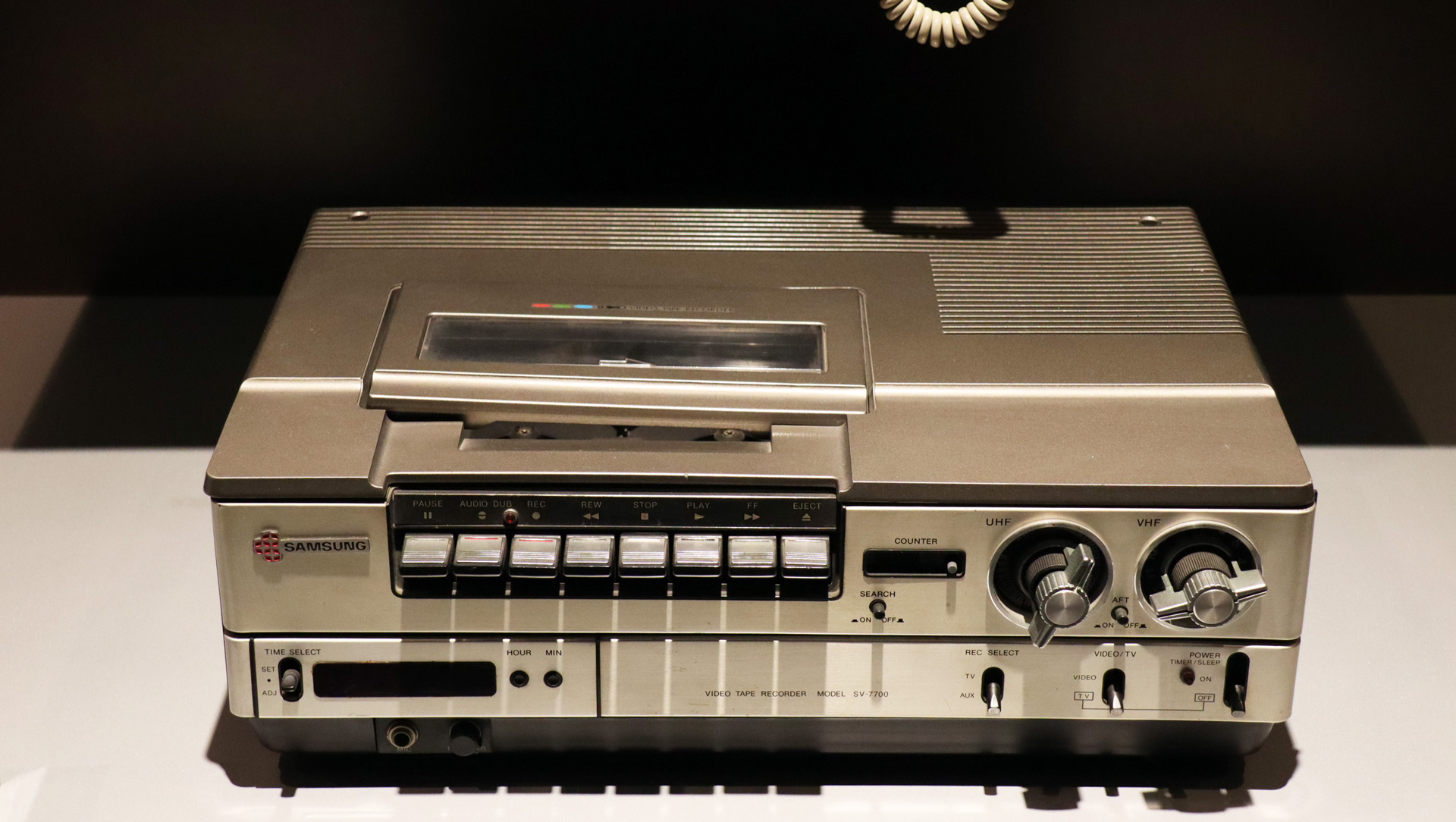
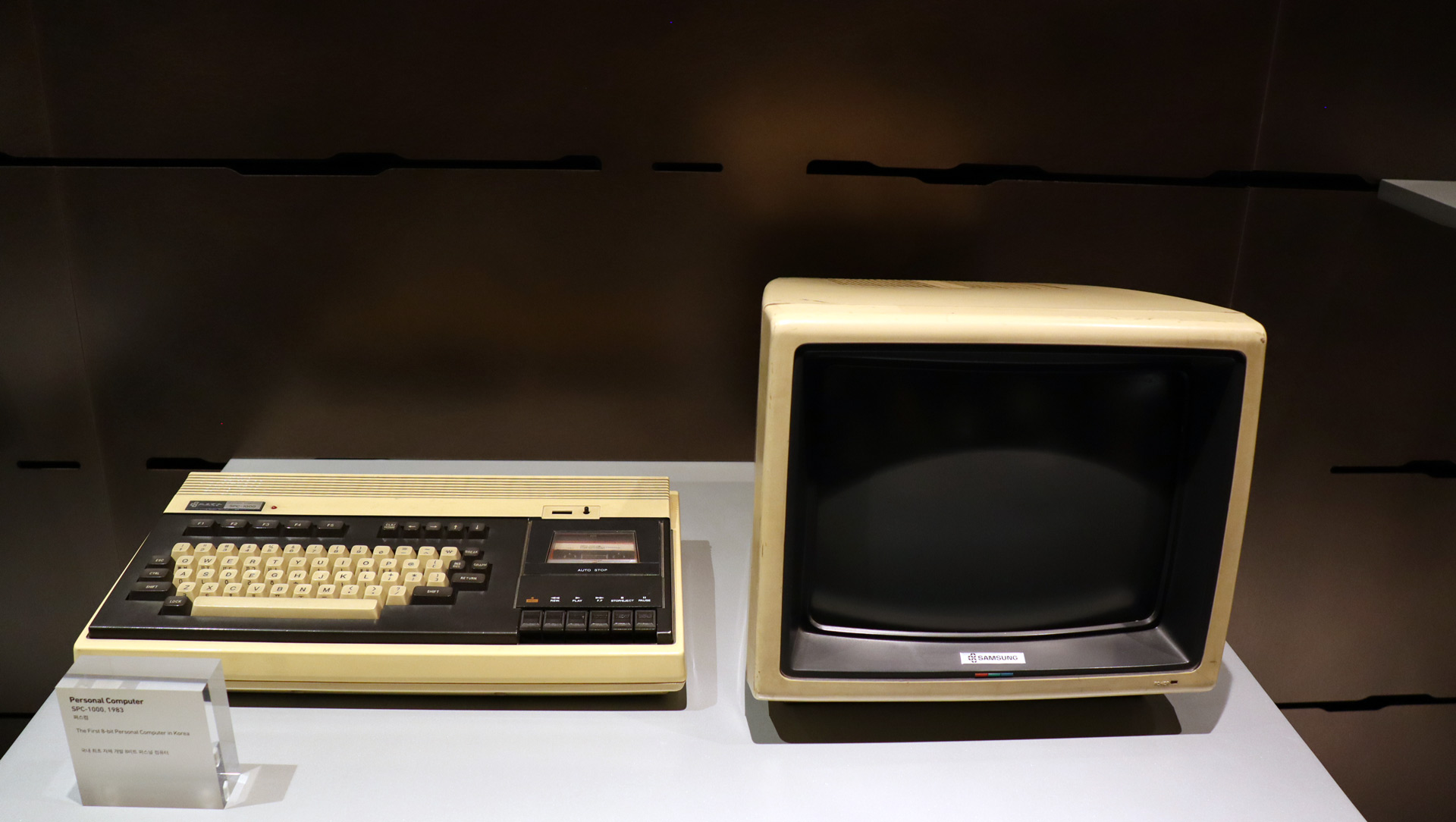
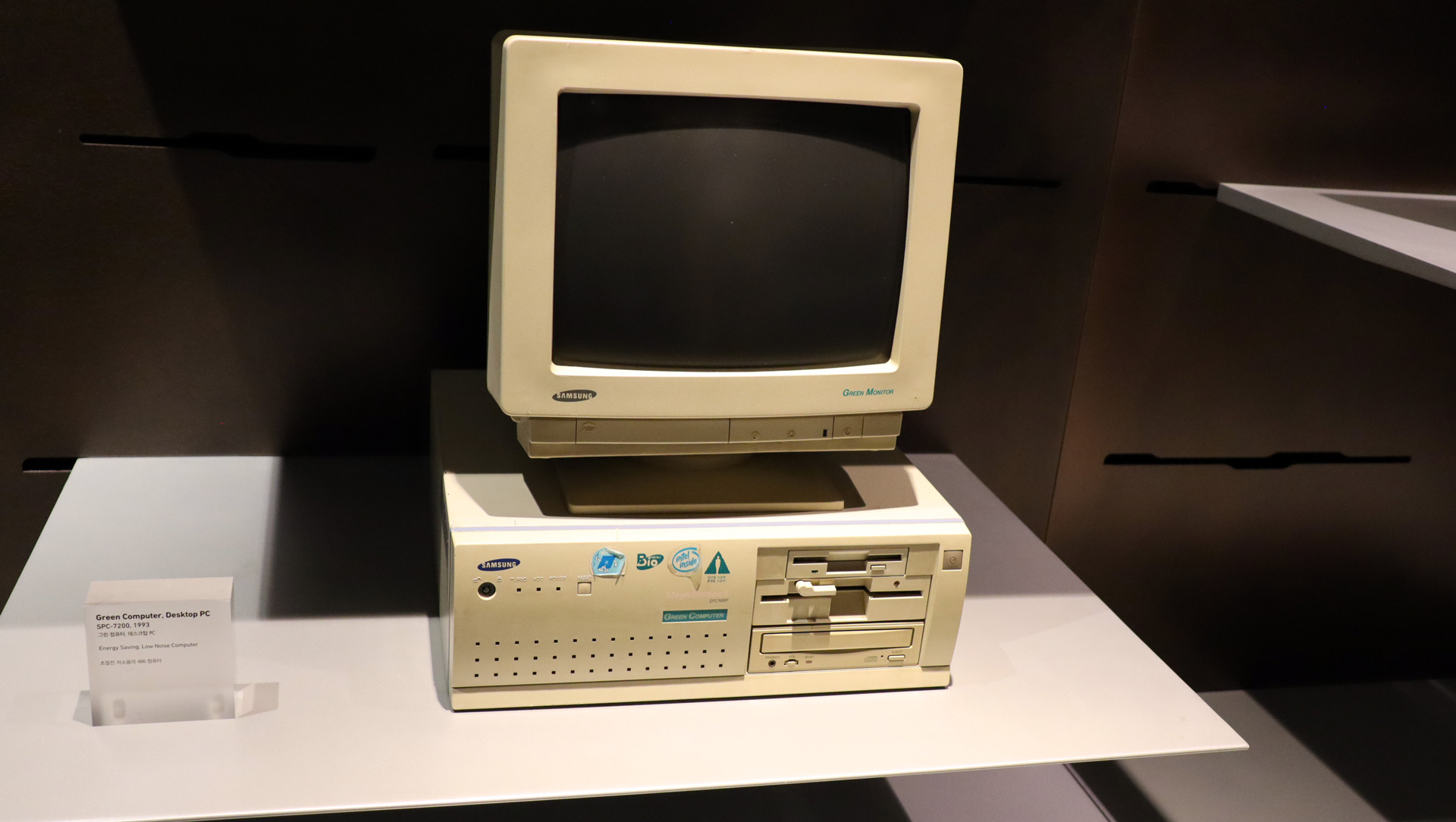
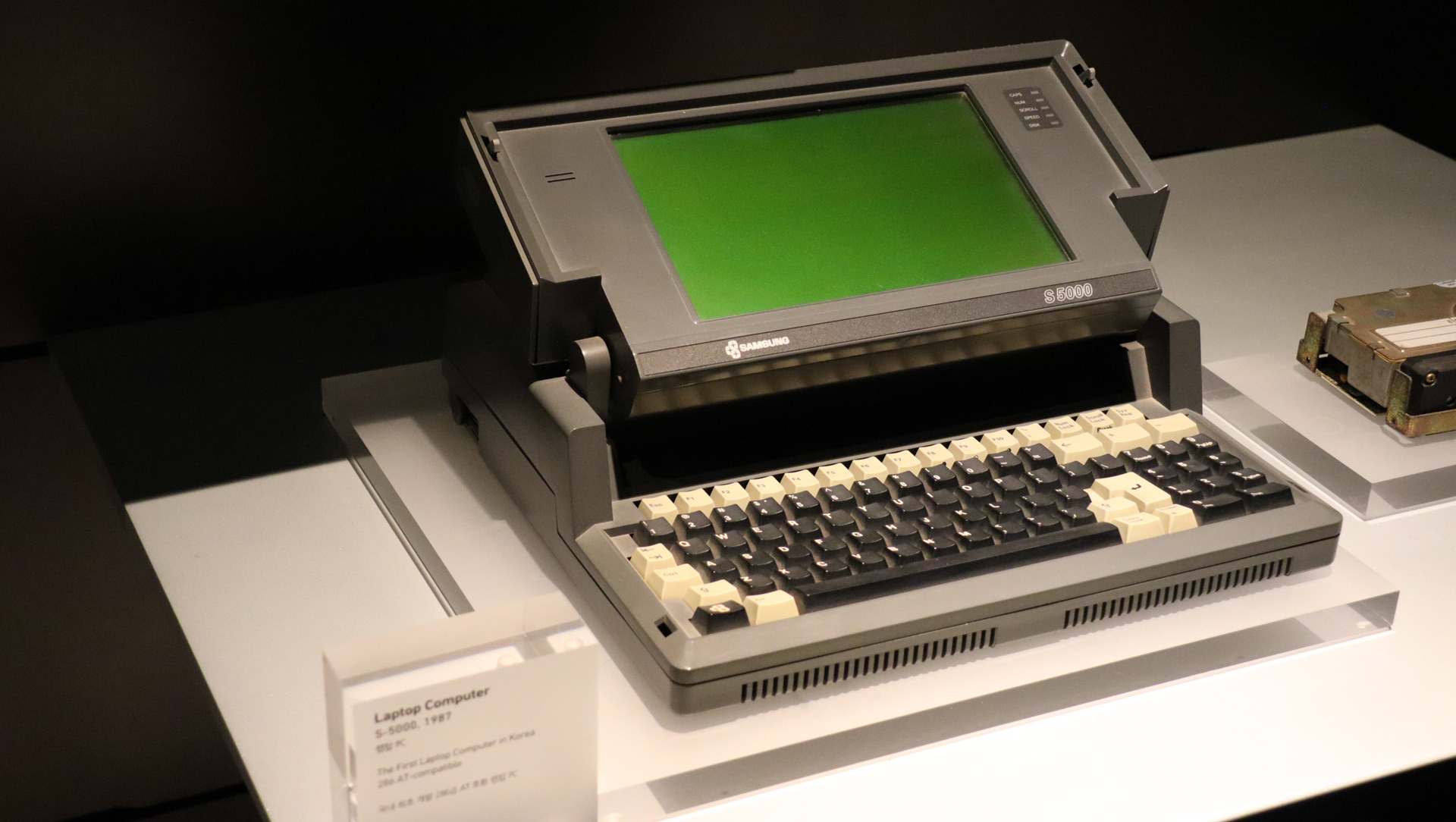
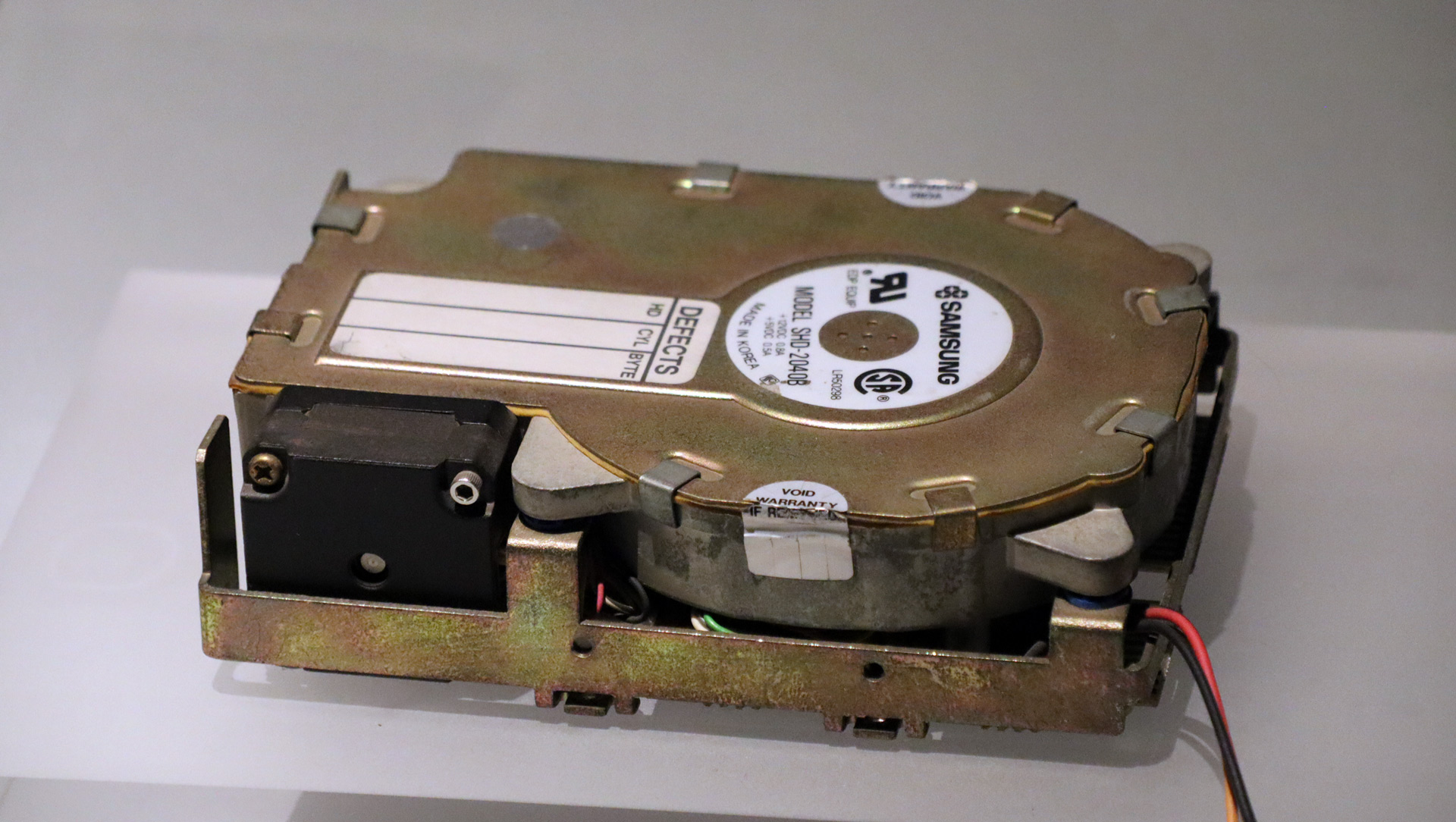
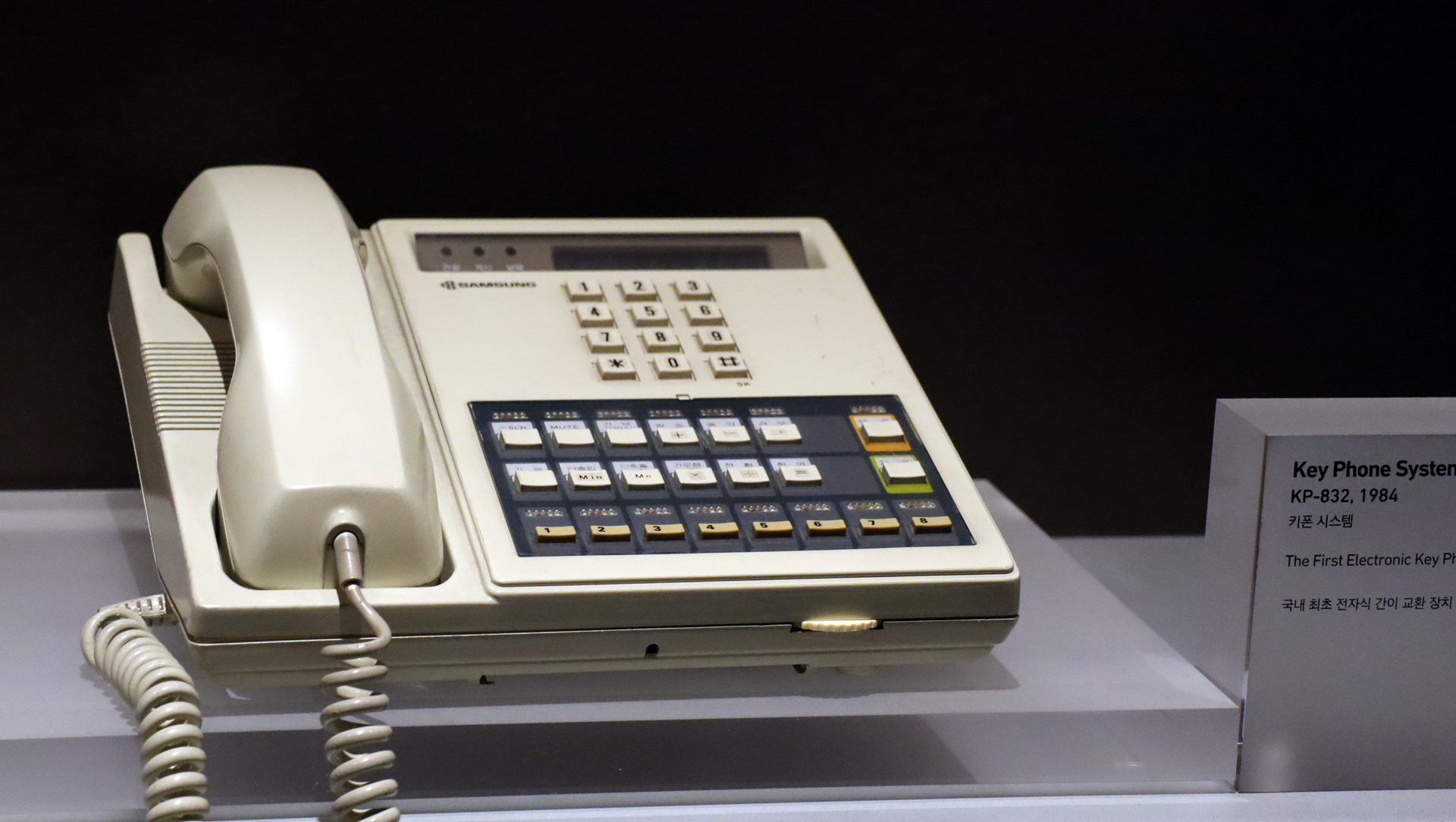
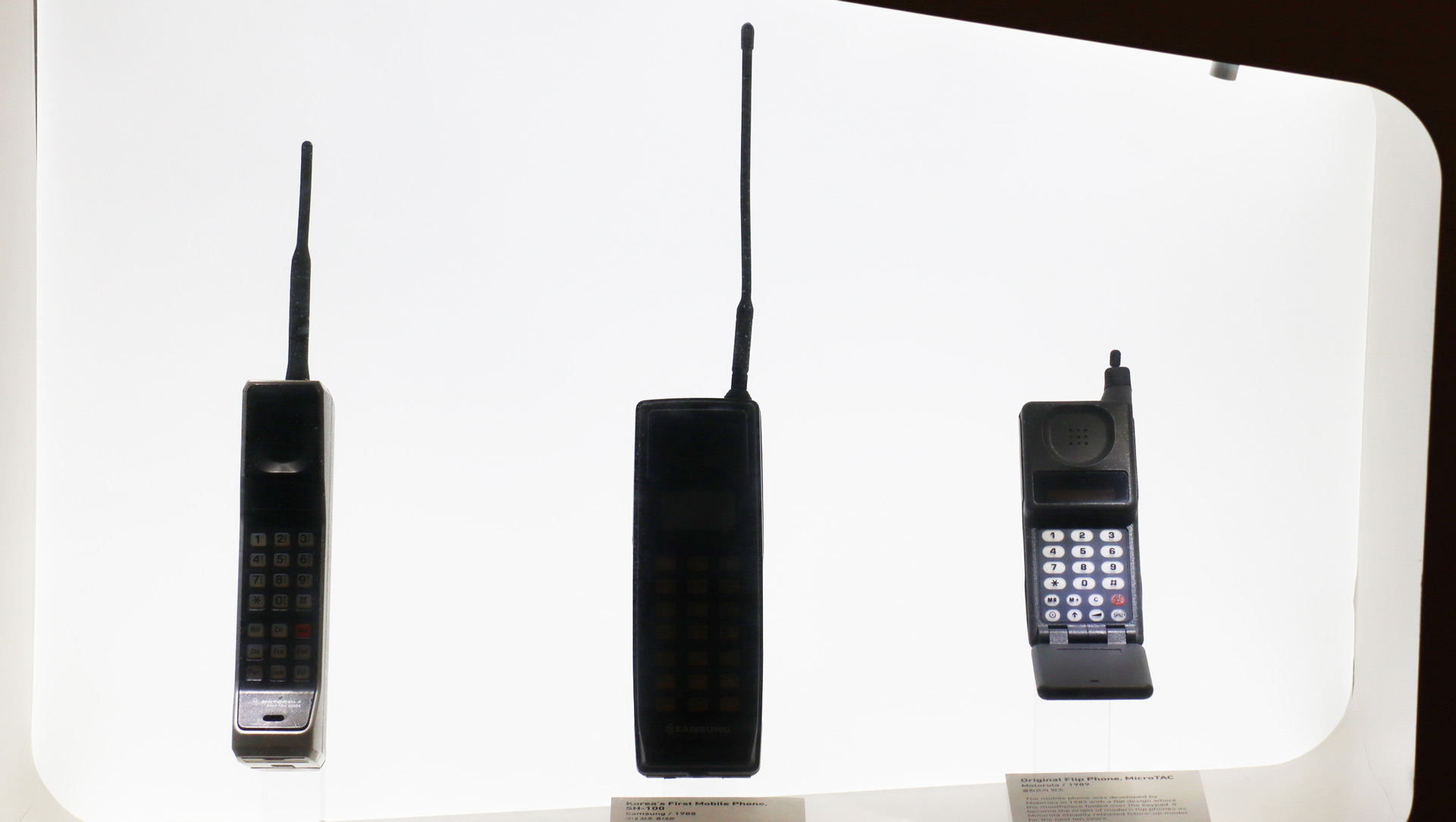
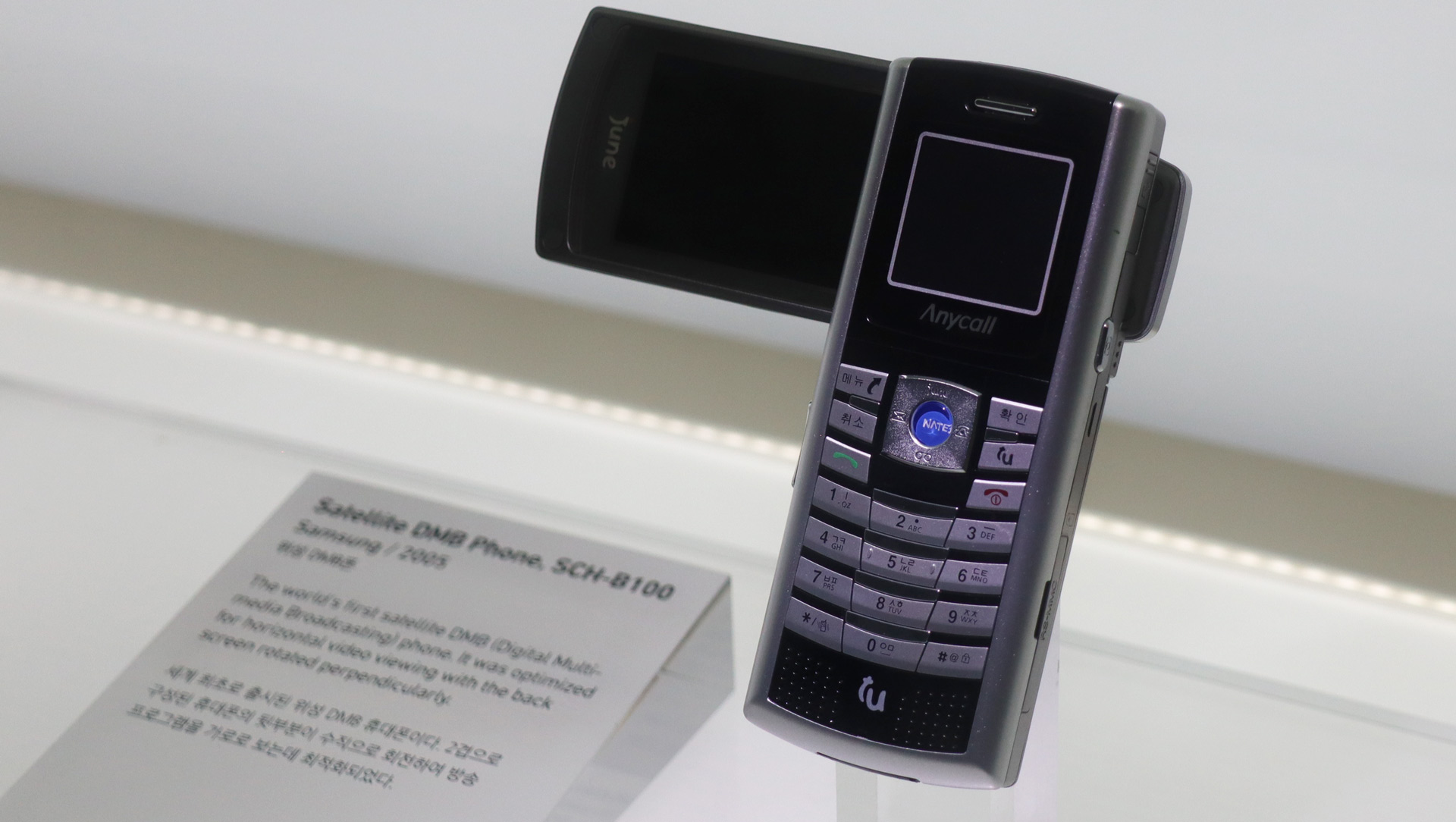
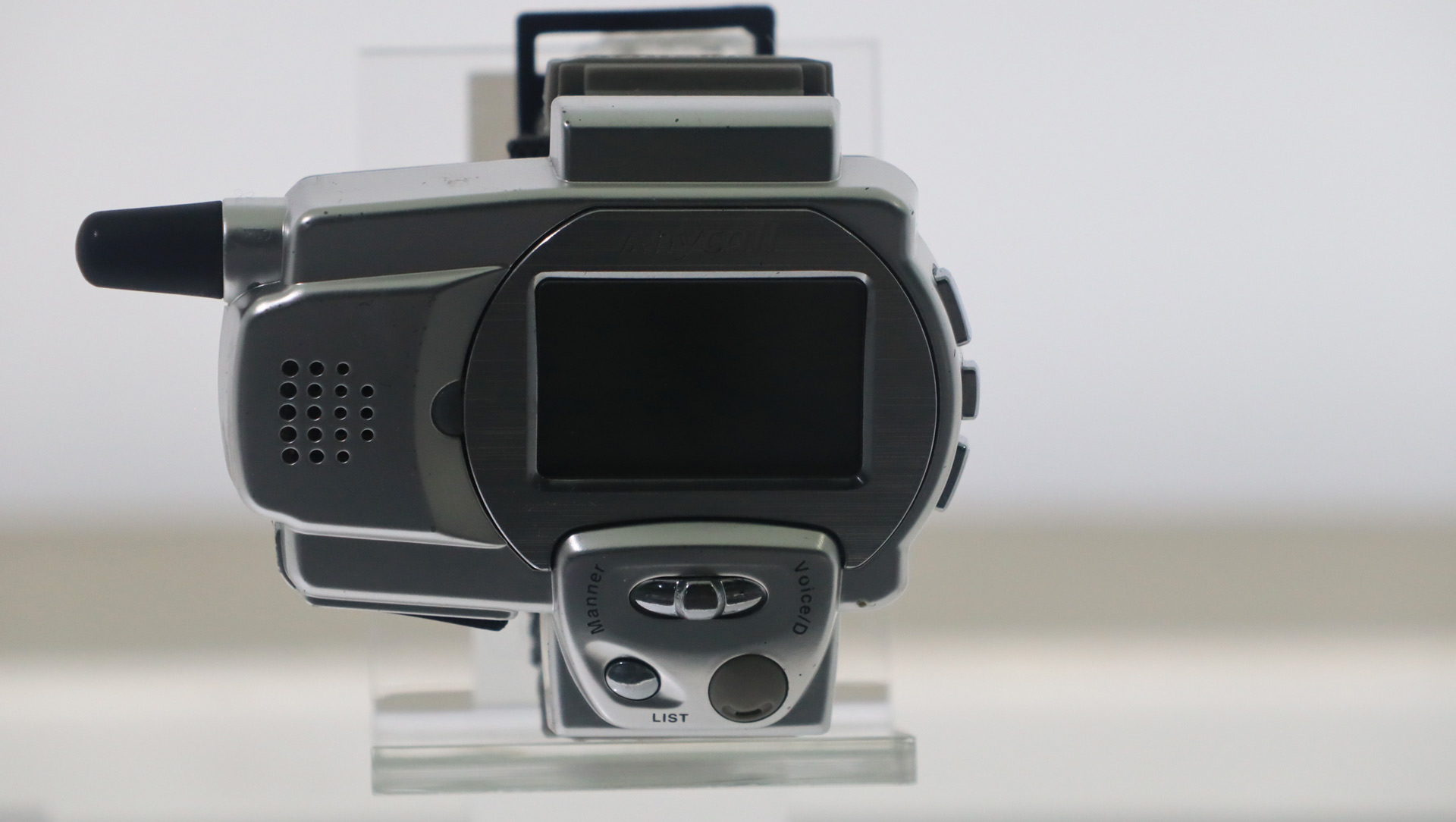

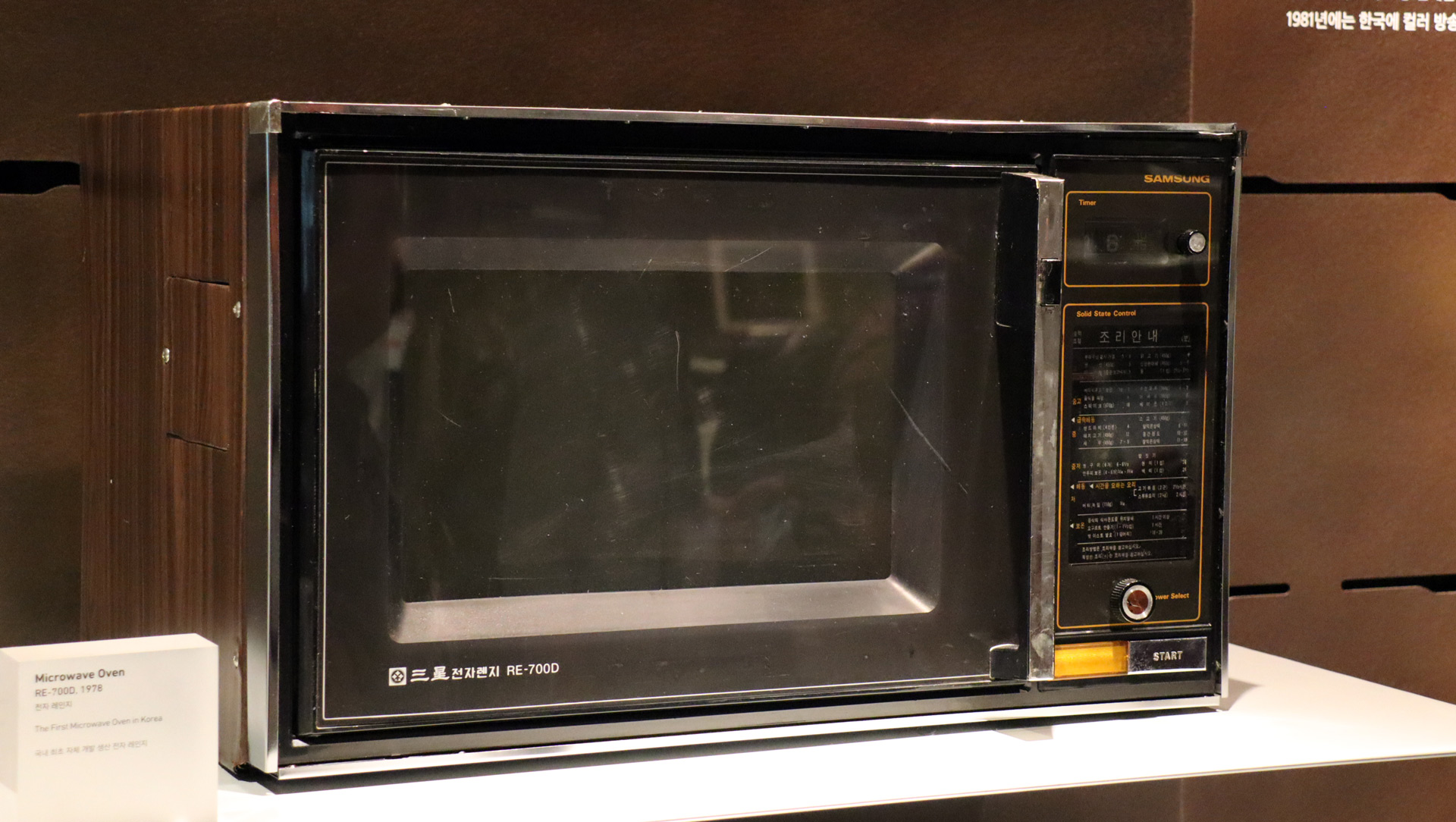
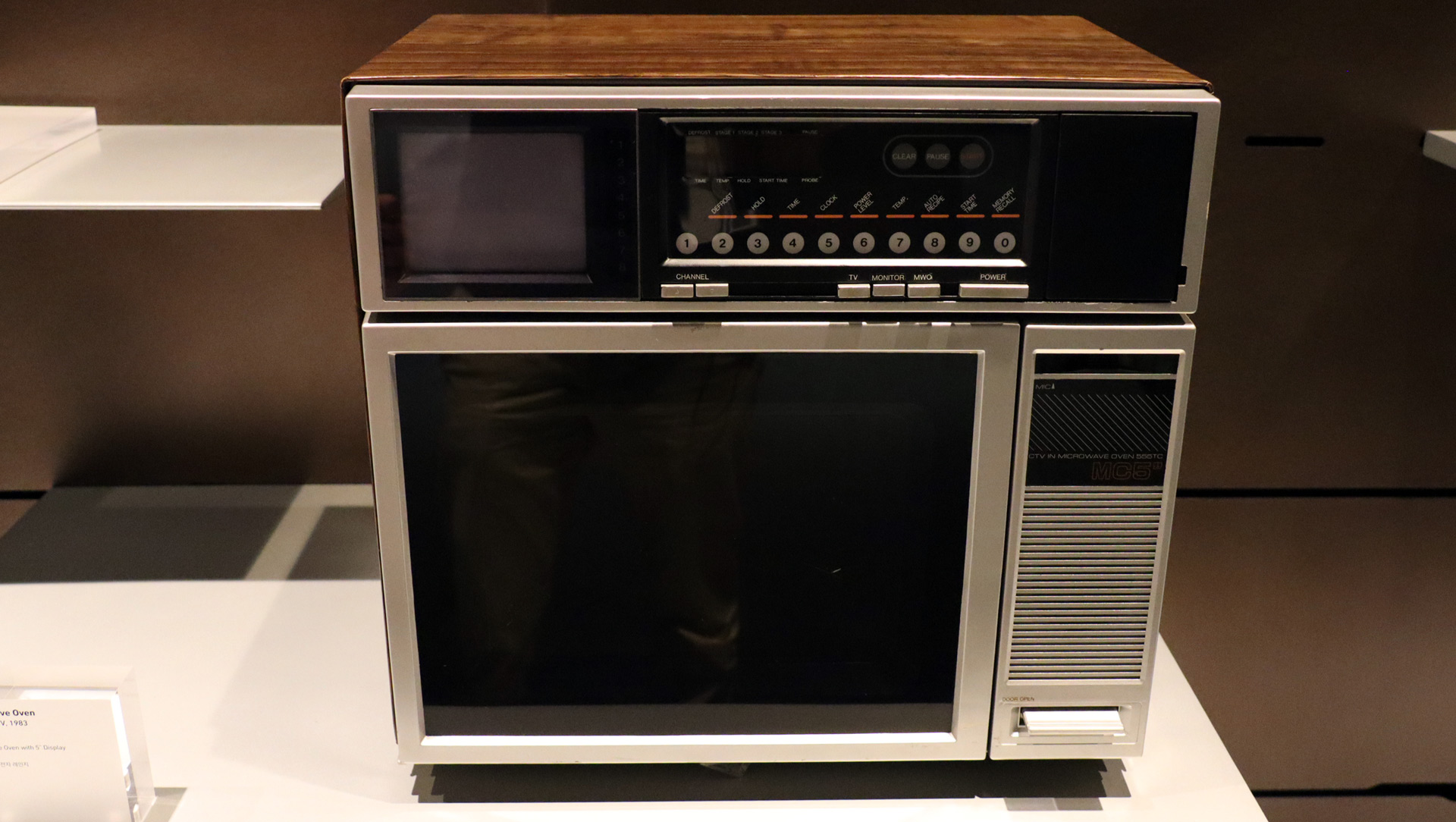
There is a line you can draw from almost all of these classic gadgets to our current cutting-edge technology. There would be no Samsung Galaxy Z Fold 5. Galaxy Watch 5, Apple Watch 8, or iPhone 14 Pro without them.
I'm glad that we have the consumer electronics of today, but I'll always have an affection for the clunky designs and capabilities of gadgets past.







